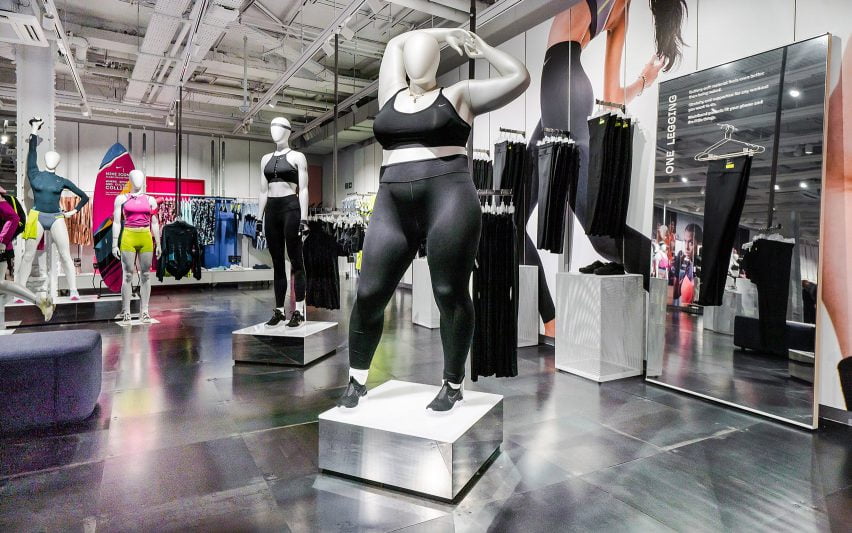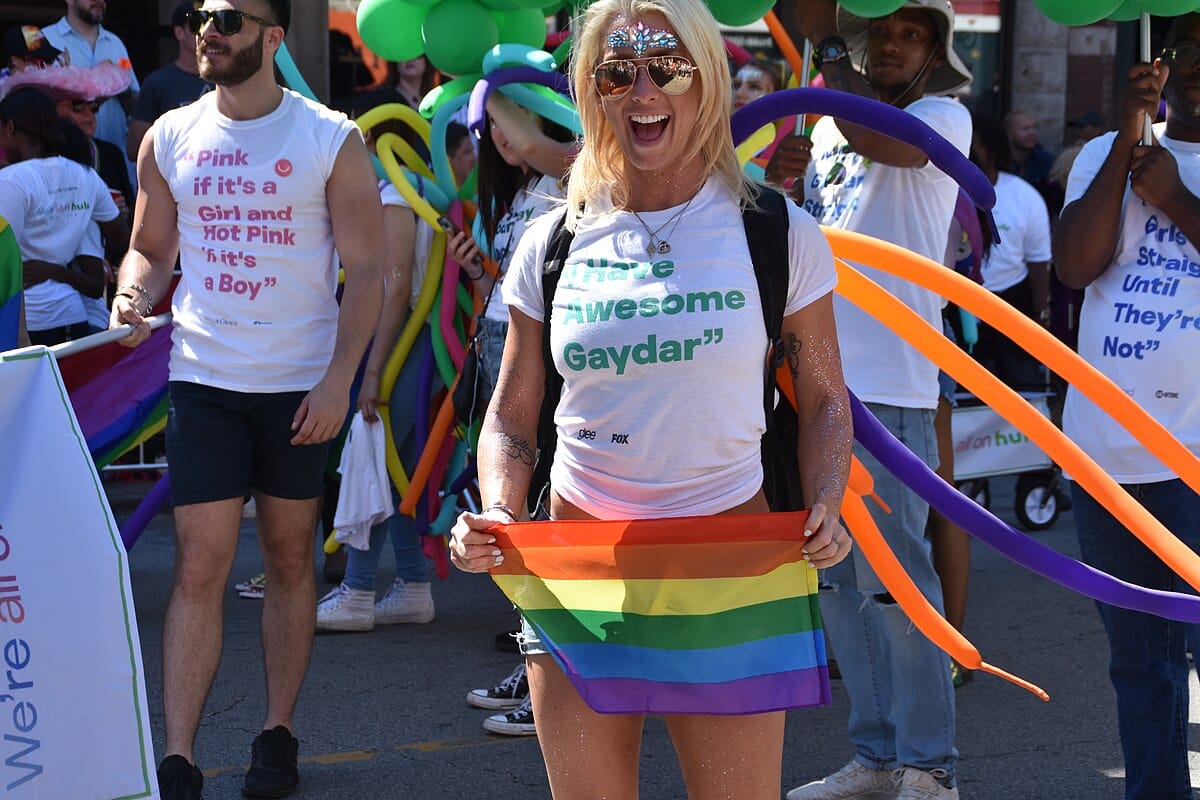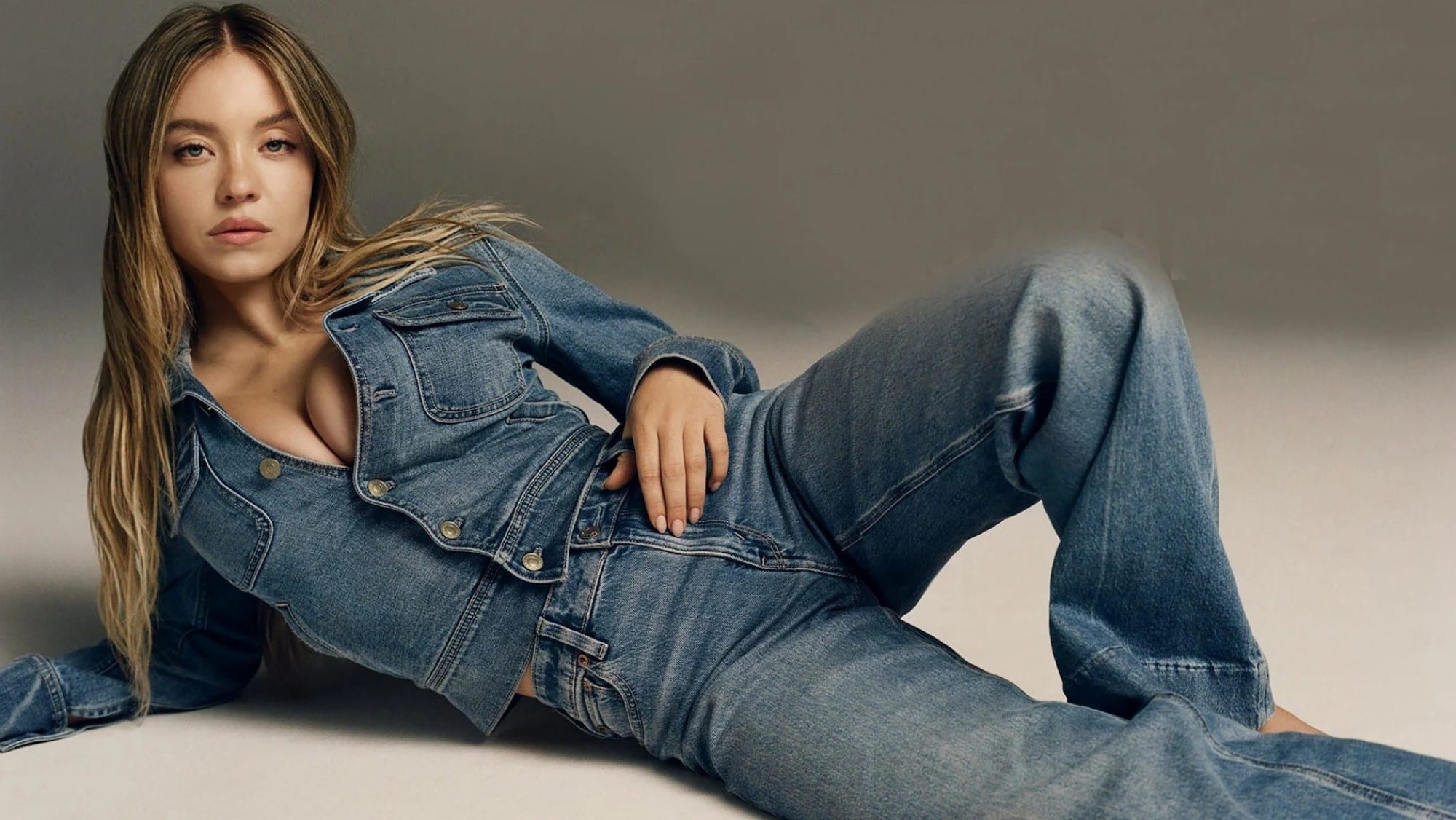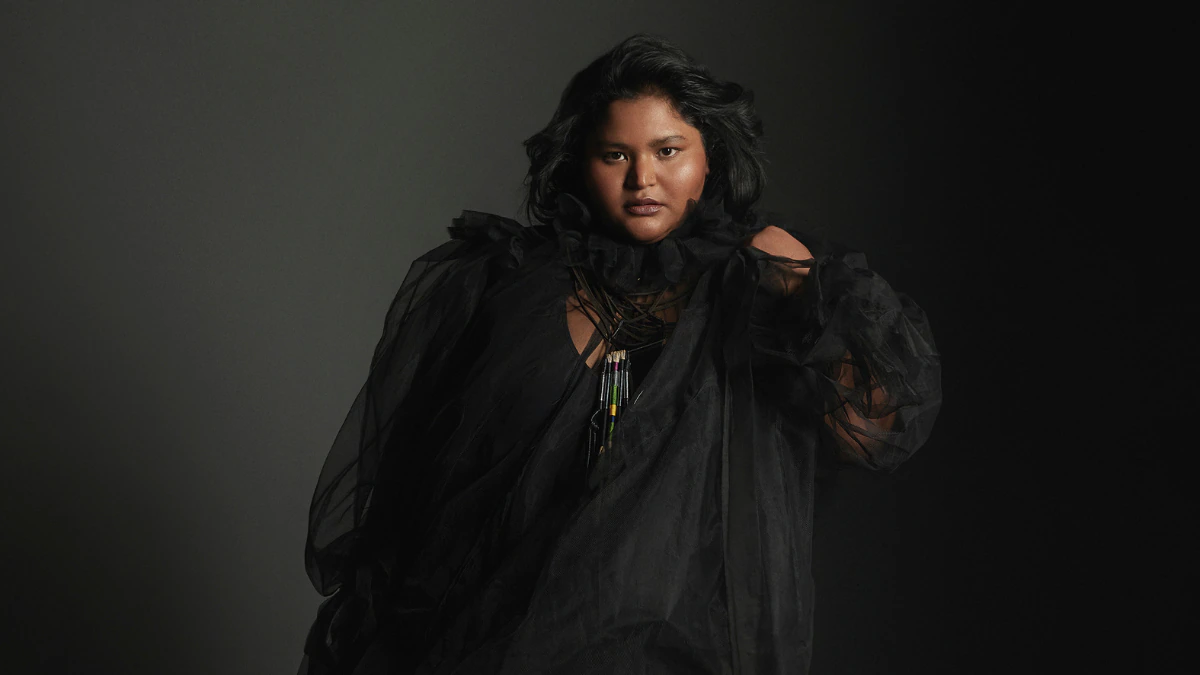With the aim to ‘celebrate the diversity and inclusivity of sport‘, Nike’s plus size mannequin is the much-needed move towards size inclusivity, diversity, and representation. While many have welcomed this, others have vehemently opposed it.

The summer after I turned 17, I begrudgingly agreed to join a gym. The media, society and pop culture had conditioned me into thinking of the gym as a punishment for my outrageous crime of being not thin. Since every excuse I gave for not wanting to join the gym was refuted, the final, and the most valid one, was my trump card. I had categorically stated—until I don’t find gym appropriate clothes in my size, I will not set foot inside a gym.
Since this was pre-online shopping and e-commerce boom, I literally had to go from pillar to post in search of active-wear attire. It took me 2 weeks to finally get myself two pairs of track pants; from an export surplus shop, and two tee shirts from Nike’s men’s section. Even before I could enter the gym, I had been tremendously distressed by the whole experience of finding something as basic as workout clothes.
Almost 15 years after I set foot inside a gym for the very first time, I see something I had dreamed about but never thought I would ever see in my lifetime. Nike, the global sports, fitness and active-wear brand, finally introduced female plus size mannequin at their flagship store in London.

Often when a brand announces that they’re extending their sizes, or decide to showcase plus size and fat bodies in a positive and aspirational manner, a similar narrative occurs: concerned individuals freak out and say that the brand should stop supporting “obesity” and “promoting an unhealthy lifestyle”.
A particularly vocal opponent to Nike’s new plus size mannequin is British journalist Tanya Gold, who has written an explicitly fatphobic piece for UK Telegraph titled ‘Obese mannequins are selling women a dangerous lie’. All through the article Tanya’s internalised fatphobia shines through as she rants that the plus size mannequin is “immense, gargantuan, vast” and firmly states, “She is, in every measure, obese, and she is not readying herself for a run in her shiny Nike gear. She cannot run. She is, more likely, pre-diabetic and on her way to a hip replacement.“
We been brainwashed in assuming that fatness is not just a physical flaw but also a moral one, and the one area where it is perfectly acceptable to be blatantly hateful towards someone’s body. After all, you’re doing it for their own good, right? Tanya thinks that fat people are too lazy to think about their own well-being and should only be visible when they are being shown as a health hazard.
With the aim to ‘celebrate the diversity and inclusivity of sport‘, Nike’s plus size mannequin is the much needed move towards size inclusivity, diversity and representation.
In all her disdain for plus size and fat women, Tanya completely ignored to take into account the numerous women around the world who look exactly like Nike’s mannequin who do, in fact, run in their shiny Nike gear. They also practice yoga, dance, lift weights, play tennis, attend spin class—the same physical activities as thin women.
A society that is obsessed with women’s body, health and fitness, especially plus size and fat women’s, and constantly harps about their need to exercise, why are they now enraged with a brand for providing plus size women the appropriate gear to do the same? Why then, is Nike’s new plus size mannequin offending so many people?
The fitness industry is one of the most openly fatphobic and size exclusionary ones. And yet, a major global fitness and sports brand is creating space for women who challenge the very idea of what society considers as ‘fit’. They are unapologetically sending a message that says: You can be fat and fit.
And it is this very message that bothers the critics and naysayers of the mannequin.

The only way a fat person is allowed to exist is by constantly hating their body. Therefore, a mannequin that celebrates fatness rather than hate on it, is seen as a threat to a fatphobic society, that has convincingly packaged fat-shaming as a form of health concern. Fat women are supposed to punish their bodies, not embrace and revel in it. How dare they be seen as anything but a joke or a health warning! Fat bodies should not look good, or be comfortable in their own skin, nor be seen openly exercising and dancing. The only way society allows fat bodies to exist is if the fat person is unhappy, self-conscious, aware of their personal failing and obsessed with losing weight and becoming thin.
Also read: Reclaiming My Fat Body From The Fatphobes
Now, instead of showcasing a plus size body as a flaw and failure, the mannequin is a celebration of a non-thin female body. It is an acceptance of plus size women’s bodies at its present size in all its non-skinny, curvy and round glory. The mannequin validates plus size women’s right to be seen and represented on their own and not as an unhealthy, unfit contrast to thin bodies. The mannequin is redefining the meaning of fitness and sending out a loud message—fitness at every sizes.
One of the foremost issues around exercise for so many plus size and fat women is the conditioning that this space is absolutely not for them. Fatness has been synonymous with bad health and poor lifestyle. Fat people are constantly fat shamed and asked to lose weight and become thin.
The mannequin validates plus size women’s right to be seen and represented on their own and not as an unhealthy, unfit contrast to thin bodies.
Nike’s mannequin challenges that message and lets plus size women know that they belong in this space and they too have the right to enjoy it just as much as skinny and thin women. This message completely changes the fitness, sports and health narratives. It encourages plus size women to think differently about their body and lets them know they too have options—to lose weight and become thin is no more their only and ultimate goal. Plus size women now have the option to choose what sort of fitness—physical and mental is best suited for their body.
A brand that is committed to size inclusivity, diversity and representation, sadly, Nike’s plus size range, launched in 2017, is not available in India. Like many global brands, Nike’s body positive and size inclusive approach is strictly reserved for plus size women living in developed countries. All the progressive strides towards diversity and inclusivity are for them, while us Indian plus size ladies have to, yet again, sit on the sidelines and watch as our fellow plus size sisters enjoy acceptance and representation within the fitness and sporting community, while we struggle to find a plus size bra that fits us.
Even though Nike doesn’t consider plus size women from India worthy of its plus size range and size inclusive narrative and campaigns, I will still applaud them on this decision that has opened up the fitness and sports space for plus size and fat women who were once denied entry into it.
Also read: Optimism The Right Way: Rytasha Talks Self-Love and Body Positivity
Featured Image Source: dezeen
About the author(s)
Amena Azeez is the Founder and Editor-in-Chief of www.fashionopolis.in She is a Plus Size Fashion Blogger, Fat Activist and Body Positive Advocate.




